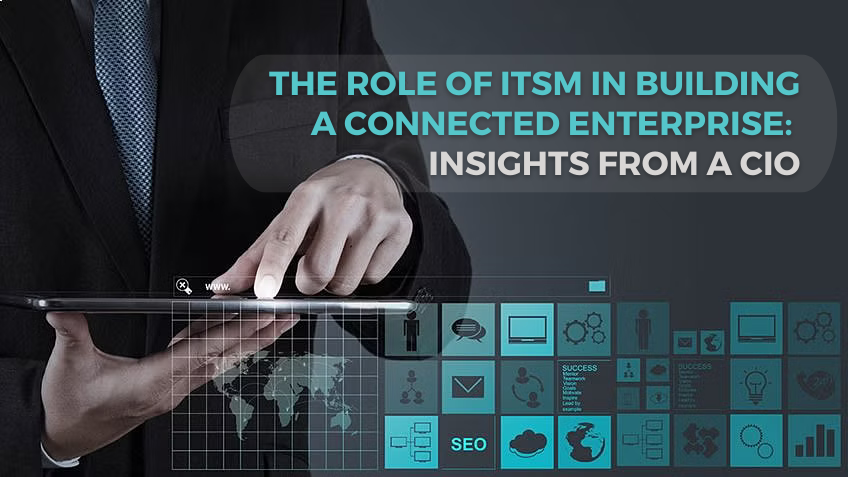As hybrid and remote work models have increased workloads for IT and security professionals, IT Service Management (ITSM) has become a crucial game changer for organisations. By automating workloads and enhancing visibility, ITSM strengthens the resiliency of IT operations and enables proactive problem resolution. In this blog post, we share the perspective of Bob Grazioli, Chief Information Officer at Ivanti, who draws from his 25+ years of experience to shed light on how ITSM improves operations and highlights the viewpoints of IT managers and CIOs.
Noteworthy Trends in ITSM:
“Expanding ITSM’s Reach: Enhancing Workflows and Integration”:
According to Grazioli, ITSM has evolved significantly within Ivanti, encompassing workflows across various lines of business. Moreover, with the integration of ITSM into security products such as Risk-Based Vulnerability Management, Patch, and Discovery, it serves as a single source of truth for multiple facets of the IT organisation. Grazioli highlights the benefits of incorporating asset management, patching, and security vulnerability resolution within ITSM, leading to a secure and efficient CI/CD process.
“Enhancing Security through Comprehensive Understanding of the IT Estate”:
Grazioli emphasises the transformative impact of ITSM in managing security vulnerabilities throughout the software development life cycle (SDLC). In the past, vulnerabilities were scattered across different systems, but now ITSM acts as a centralised repository, creating awareness among development, site reliability engineering (SRE), and operations security teams. This change enables organisations to prevent potentially impactful vulnerabilities from reaching the productiocenn environment, making IT Service Management a game changer in enhancing security practices.
“ITSM as the Single Source of Truth”:
Drawing from his role as CIO and interactions with peers and SaaS customers, Grazioli highlights how ITSM has emerged as a comprehensive source of truth. Besides managing vulnerabilities, ITSM also plays a vital role in compliance management. From federal standards like FedRAMP to international regulations like GDPR and ISO, ITSM serves as the repository for compliance artifacts and controls required for audits and certification. Grazioli emphasises the significance of evolving IT Service Management as a single source of truth to manage various aspects of IT effectively.
In conclusion, IT Service Management continues to be a key driver in building a connected enterprise. With insights from industry professionals like Bob Grazioli, it becomes evident that ITSM’s role extends beyond resolving issues and incorporates workflows, security management, and compliance. To delve deeper into this topic, we invite you to explore our ITSM + Toolkit and watch our on-demand webinar on expanding your IT Service Management to develop connected enterprise workflows.


